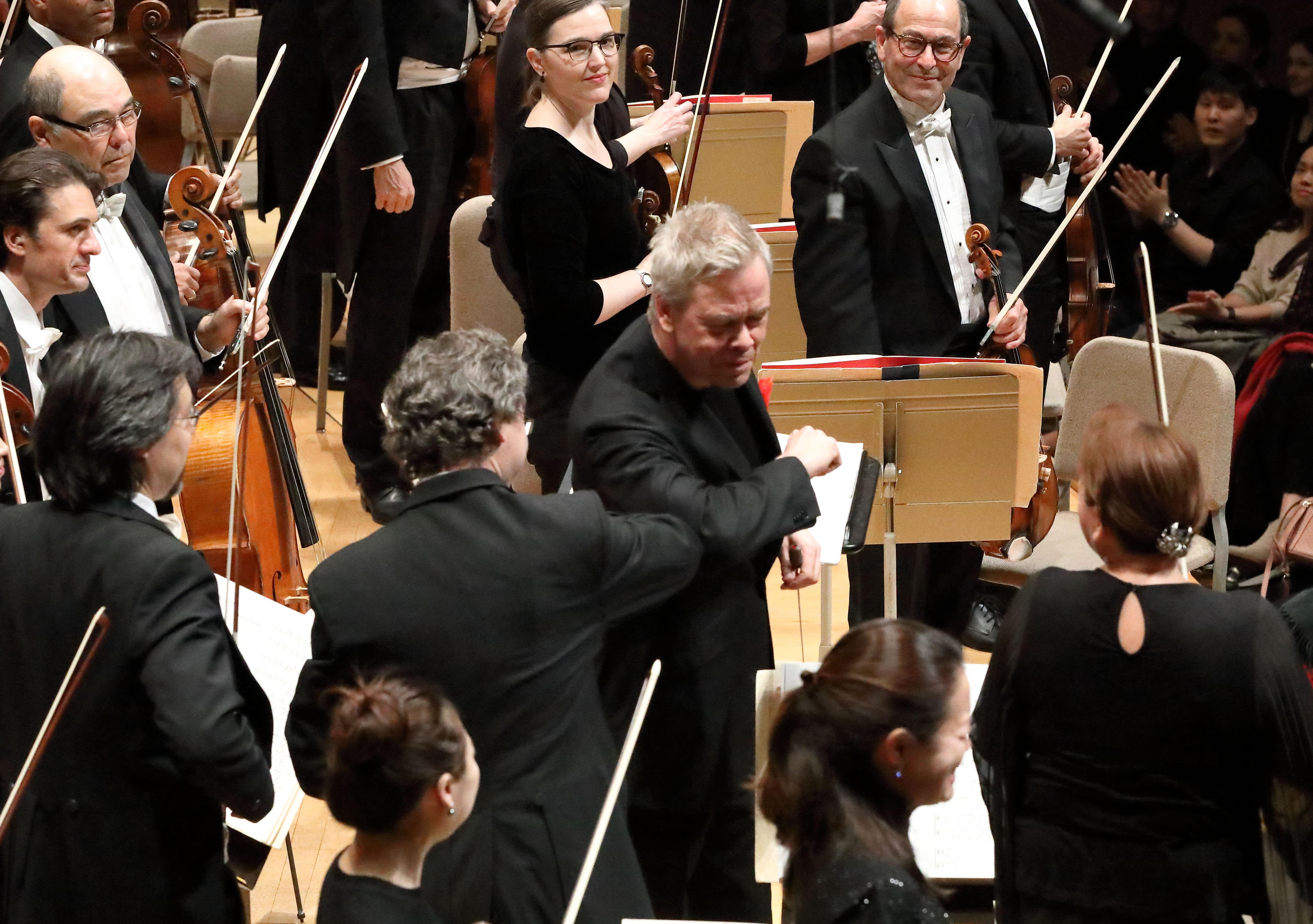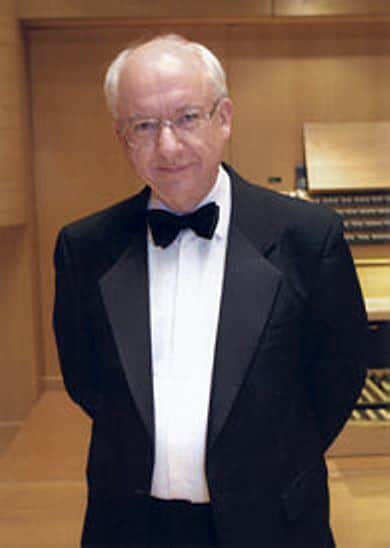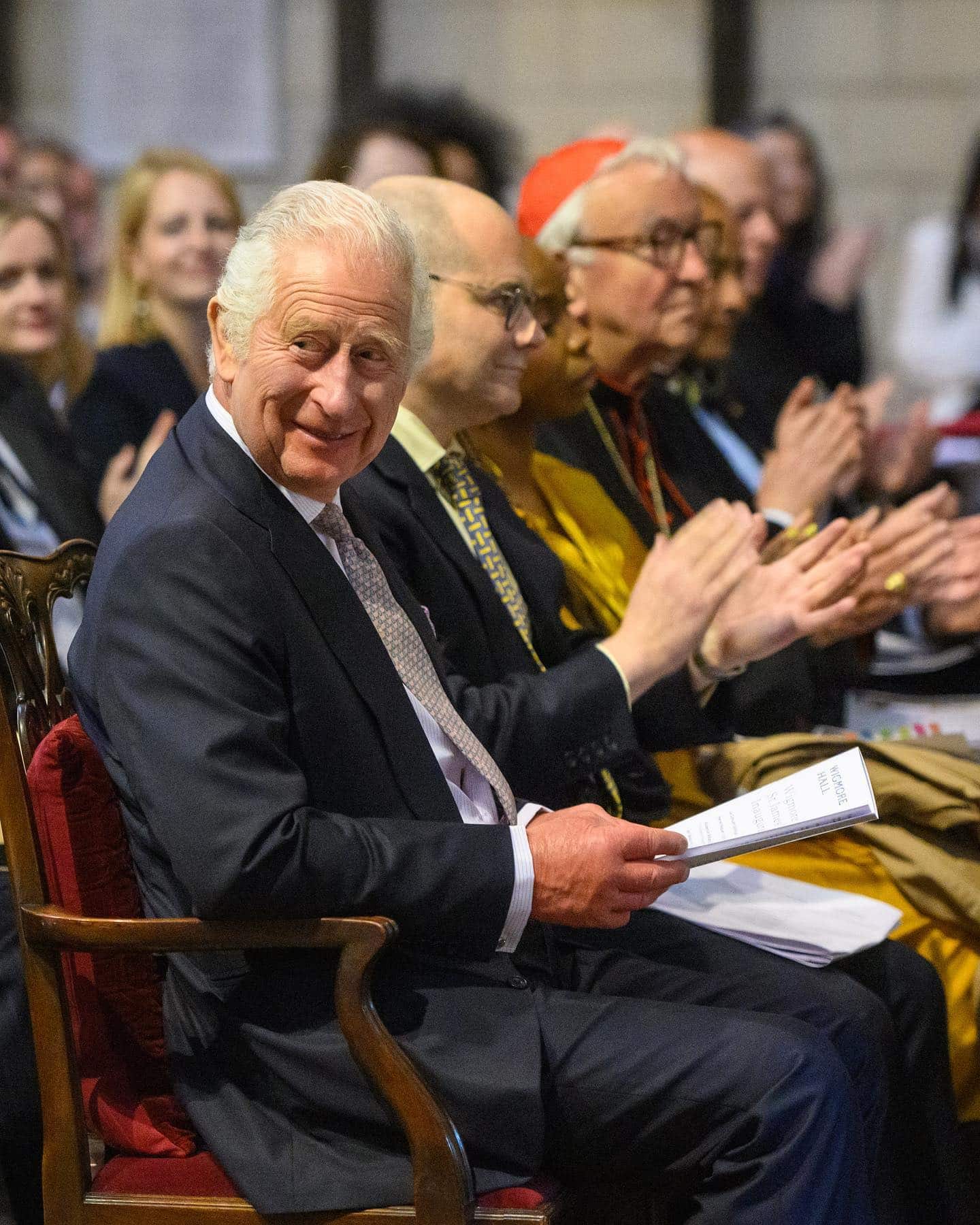Covent Garden revises Madam Butterfly with Japanese advisors
NewsA 20 year-old production can no longer be shown without being revised in accordance with current sensitivities. Was it ever that bad?
From the press release:
This Summer, the Royal Opera House revives Moshe Leiser’s and Patrice Caurier’s 2002 production, taking a new approach to this much-loved production.
For this revival, The Royal Opera embarked on a year-long consultation, listening to new voices to present a staging that reflects the original director’s intentions, but that also respects Japanese culture.
Madama Butterfly has been performed by The Royal Opera 416 times, making it the ninth most-performed work in the Company’s repertoire. From its first outing at Covent Garden in 1905, a year after its premiere at La Scala in Milan, Puccini’s enduring tale has captivated audiences, remaining one of the most popular Italian operas today. This revival will be performed by two outstanding casts. The role of Cio-Cio-San will be performed by Lianna Haroutounian and Eri Nakamura, and Kseniia Nikolaieva and Patricia Bardon will share the role of Suzuki. Dan Ettinger will conduct.
Oliver Mears, Director of The Royal Opera, who led the consultation, explains:
‘Puccini’s opera is a masterpiece. However, it is also a product of its time. For this revival of Moshe Leiser’s and Patrice Caurier’s classic production, we wanted to interrogate the depiction of Japanese culture in the staging of this work and involve Japanese practitioners and academics to help us work towards a Butterfly both true to the spirit of the original, and authentic in its representation of Japan.’
This year-long consultation involved staff at the Royal Opera House, academics, practitioners, performers and Asian representatives. The conversations inspired discrete but important changes to several aspects of the existing staging, including makeup, wigs and costume, and movement. The Company worked with revival director Dan Dooner (himself in close contact with the original directors) and Covent Garden teams to embed changes recommended by experts in Japanese movement and design: Sonoko Kamimura, Etsuko Handa and June Iyeda.
Part of this process involved revising the use of movements and choreography in the production. Movement Consultant Sonoko Kamimura explains: ‘When I begin working on a production there is always a lot to consider: how the costumes will restrict the performer; and how the work can best reflect the world it is depicting. For this production, we focused on refining posture and adjusting placement in particular – making sure, for instance, that Suzuki’s left hand always settles on top of her right; or that Cio-Cio-San’s gestures reflect the character’s upbringing. By making tiny changes to the ways in which singers express their emotions through music, we can create something more authentic – less prone to stereotypes, and more attuned to the historical context of the story.’
The Royal Opera’s productions, performers, and creative teams have a role in defining the future of opera – in determining which stories are told, how they are interpreted and who gets to make them. There is more that can – and must – be done to ensure the broadest range of artists can benefit from opportunities on our stages, but the Company look forward to building on the progress already made, working with partners and industry experts to ensure barriers to entry are knocked down, and colour-conscious casting is firmly embedded at the heart of the organisation. Oliver Mears adds: ‘Ultimately, this work will enrich our art form, both for artists and for everyone who comes to our theatre and will ensure that opera thrives now and long into the future.’
The production opens on Tuesday 14 June 2022, and will be supported by a free exhibition in the Royal Opera House’s Level 5 Foyer, curated by its Learning and Participation team in consultation with Dr Satona Suzuki, Lecturer in Japanese and Modern Japanese History at SOAS, and writer and broadcaster Dr Flora Willson. The display will seek to explore and contextualise the complicated history and context of the piece, addressing issues that include stereotyping and imperialism. Historical images will sit alongside a series of newly commissioned portraits taken in the Royal Opera House revival workrooms, demystifying the revival process and exploring the moderations made to wigs, costume and make up. Audiences will be given access to additional resources via a QR code and will be asked for feedback to help inform The Royal Opera’s new approach to presenting, and re-staging, canonical works today.






Comments